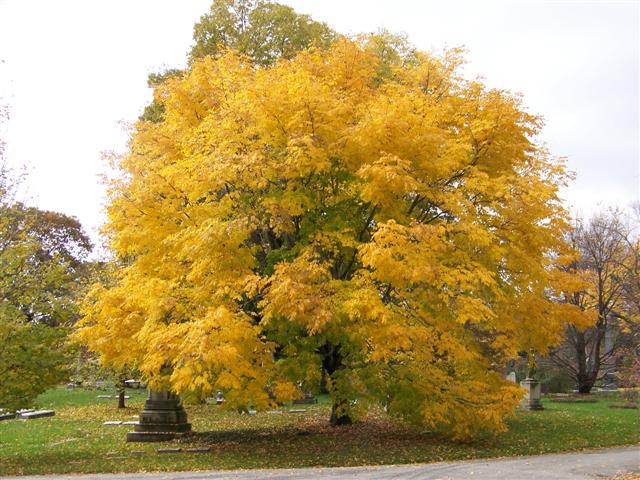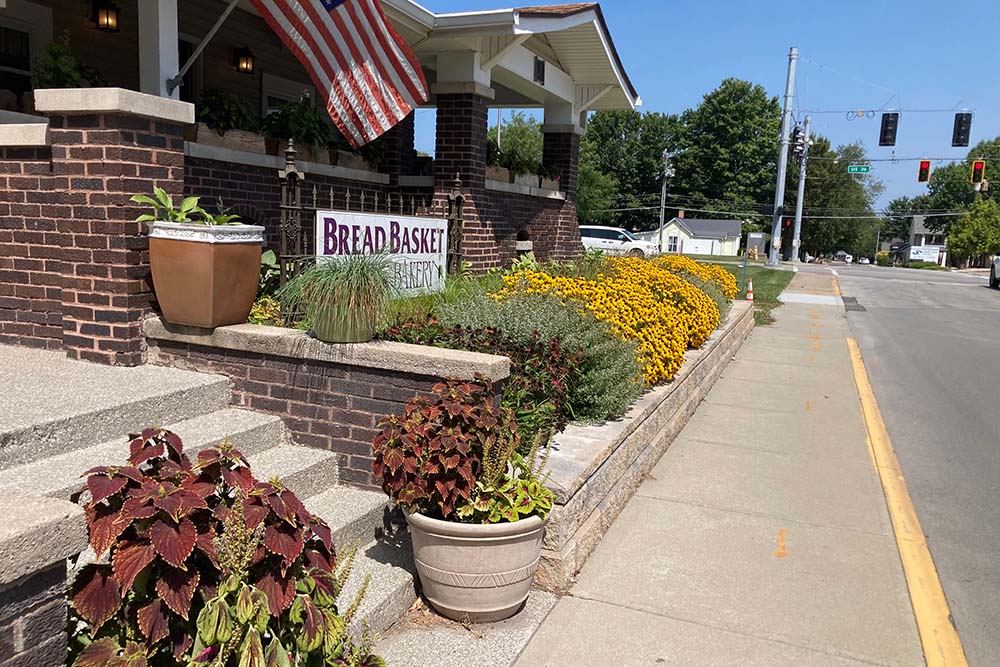We like to say that plants are like the fashion industry – they are always a season ahead. In the winter, the landscape is busy sleeping, preparing for the hard work of growing come spring. In the spring, plants are moving up and out, sprouting leaves, flowers and branches to reach closer to the sun. They are also digging deep, growing roots to help them survive the heat and drought of summer. Summer they get to take a bit of rest, slowing their growth and showing off their beauty. When fall hits, they begin prepping for the cold, dark winter. Applying fall fertilization will help them make it out the other side.
Every plant in your landscape would appreciate a feeding, but it’s best to wait until they have gone to sleep. In our area the best time for applying fall fertilization is usually sometime between the middle of October and Thanksgiving. Now, if it’s 80 degrees at the end of October or still in the 50 60s near Thanksgiving, then hold off. You are waiting for a couple of frosts or freezes – when your perennials are dying back, it’s time to add your winter nutrients. Feeding your plants too early makes them think it’s time to grow again, which will leave them unprepared for the freezing temperatures. The ground still needs to be a bit warm, however. Placing fertilizer on a frozen surface means the nutrients will not travel down the roots, which need them to strengthen for the spring growing season.
Applying Fall Fertilization
Just like for any landscaping chemical you use (or a medication you take), read the label before application. While we are going to offer up some general tips, the best way to move forward is to follow the advice of the fertilizer maker since they know their product best.
- At Eagleson Landscape Co., we use a slow-release 14-14-14 nitrogen, potassium and phosphorus mix fertilizer with added micronutrients in the fall. The key here is the slow release; we are not looking for quick growth right now. We want slow, steady root strengthening to prepare for spring.
- While all trees, shrubs and perennials will enjoy getting a feeding, fall fertilization is especially important for newer arrivals – those 3 years and younger which are still establishing themselves.
- Most fertilizers suggest watering them in but be sure to read the label.
- Evergreens like more acid-formulated nutrients such as Hollytone or MirAcid or any other brand that says it’s formulated for acid loving plants. Most other perennials can tolerate acid too, so if your landscape is heavy in evergreens, it’s generally ok to use acid-formulated fertilizer on everything instead of buying two.
- I am sure you have noticed that Indiana had a dry summer, stressing our plants. So, unless we end up with some great rains between now and the cold weather, we suggest you give your landscape a good deep watering. It’s best if your plants do not go into winter with moisture stress – they will be happier with a good drink before they go to sleep.
Help your landscape manage winter and prepare for spring by applying fall fertilization. If you have any questions, feel free to send us an email or give us a call at (317) 997-4803






